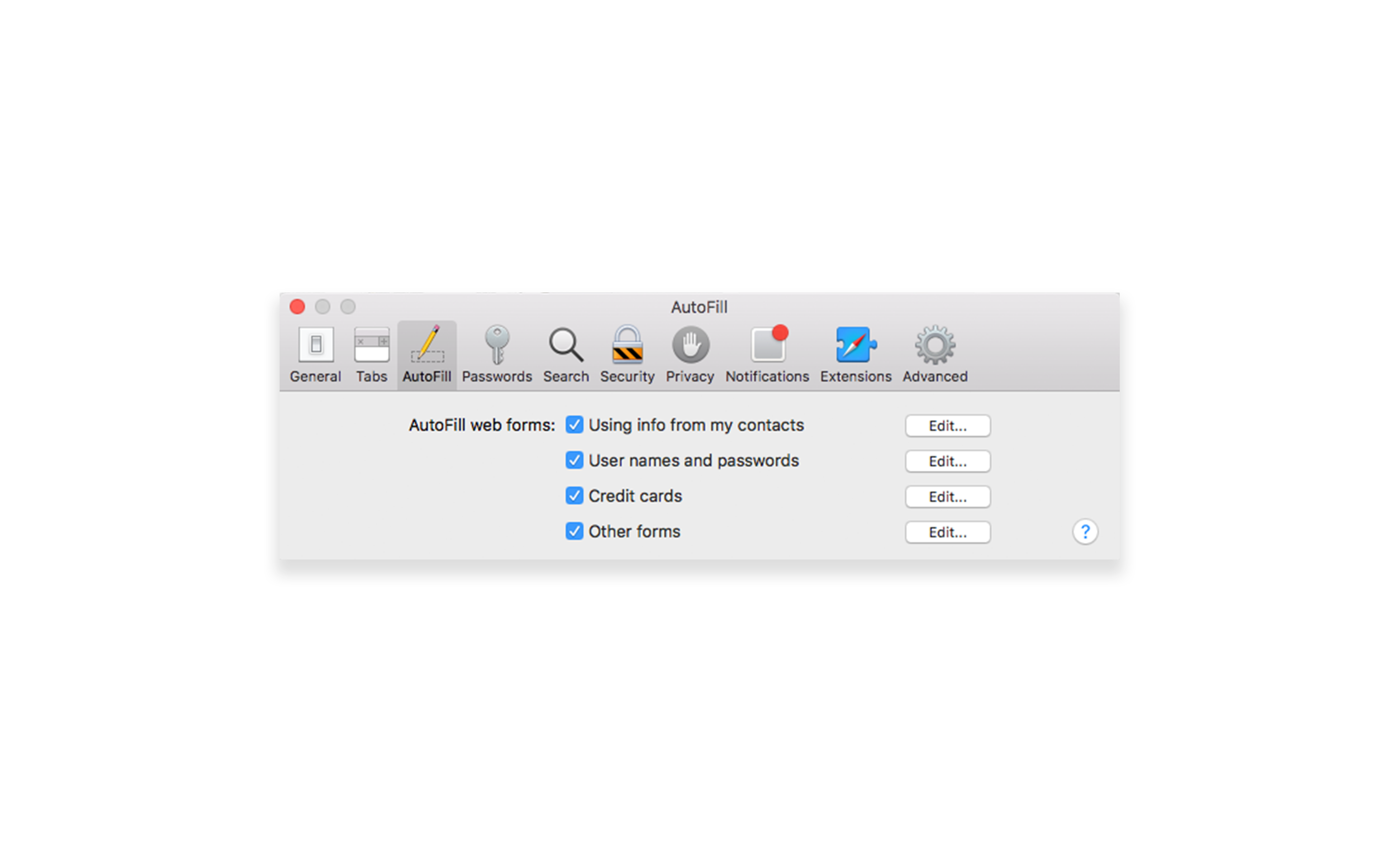
- Posted on
- • February 18, 2021
- Ecommerce 101
- Marketing Tips

With the constant evolution and technological advancements of the ecommerce landscape, it can be challenging to keep up with all of the latest industry jargon. The never-ending stream of new buzzwords can be quite confusing and intimidating, even to the experienced ecommerce professional. To help unpack the latest lingo, we’ve compiled a list of technical ecommerce key words, phrases, and acronyms to get you up to speed.

301 Redirect
A way of communicating to search engines that the original URL of a web page or website has been moved or updated to a new URL. Search engines will recognize the 301 redirect status and index the updated URL. 301 Redirects help your business maintain its search engine ranking.
404 Error
A status that indicates the webpage a user is trying to reach is missing or not found. Typically, this error is on the business side and means that a page has been moved and the URL was not updated. Websites can customize their 404 error message. View example
Abandoned Cart
When consumers add items to their online shopping cart and leave the website before completing the purchase. Learn how to convert sales from abandoned shopping carts.
Above the Fold
This phrase originated with physical newspapers. It is the upper half of a newspaper or tabloid that is designed to catch the eye of a customer and entice them to purchase the paper in order to read the full story. The space on a web page that users see without having to scroll. The area of this space varies depending on device and screen size. Generally, this section should always have a call to action, especially on the homepage of your website.

API
An Application Program Interface that allows software to communicate and exchange data.
Example: Third-party applications can integrate Facebook using their public API. In other words, you can log in to an app like Pinterest or Target’s money-saving app, Cartwheel, by using your Facebook login credentials.
Average Order Value
The average dollar value of each order completed on an online store. This can be calculated by dividing the number of orders by total revenue.
B2B
Business-to-business transactions for products, services or information. Develop your B2B strategy using these 7 key elements.
Example: A food manufacturer purchasing flour.
BOPIS
Also known as click and collect, BOPIS (buy online, pick up in store) is a service that enables shoppers to buy items on a website and pick them up in person. This service merges offline and online channels into one fulfillment path, making the post-purchase experience more convenient for the online shopper. BOPIS also provides benefits for sellers, allowing them to reduce post-purchase friction, and offer greater convenience for customers.

B2C
Business-to-consumer sales transactions for products, services, or information.
Example: A consumer purchasing a sweater from a big box retailer.
Bounce Rate
The percentage of people that visit only one page on a website and exit the site without clicking on anything or going to another page. The bounce rate should be as low as possible in order to prevent a negative effect on your search engine rankings.
Cache
Websites temporarily store data to help websites load faster each time a user returns to the site. The stockpile of data is commonly known as the cache. When styling or functionality changes are made to a site, often times users will need to clear their cache to see the updates.
CLV
In the context of marketing, Customer Lifetime Value refers to the dollar value of each customer relationship. In other words, some customers spend more so have more worth to a business than others. CLV is a calculation businesses used to determine the cost of acquiring new customers.

Cookie
Data used to track a user’s browsing activity. Cookies are also used to store form information such as billing and shipping information.

Credit Card Wallet
A digital wallet that uses software to make cashless purchases. A wallet can store encrypted data from multiple credit and debit cards, as well as loyalty cards, health cards. Driver’s license, etc.
Example: Apple Pay
CRM
Businesses use Customer Relationship Management systems to manage customer relationships and their data. Customer profiles are created using the information collected such as order history, buying preferences and personal information.
Examples: Salesforce, Hubspot, and Netsuite

CTA
A Call to Action is a phrase that entices consumers and/or readers to perform an immediate action.
Examples: Shop Now, Find Out More, Visit Online Store, Read More
DTC
In ecommerce, DTC refers to direct-to-consumer, a business model in which a product manufacturer forgoes the use of a third-party distributor and sells their product directly to the end user. In a direct model, businesses have control over the marketing and end-to-end journey of their product. This creates opportunities for delivering value, building brand loyalty, and creating a standout customer experience.

ERP
Enterprise Resource Planning is software an enterprise ecommerce business uses to manage the operations of a business. Enterprise ecommerce companies can use ERP systems to manage inventory, shipping, CRM, sales, accounting, and human resources, just to name a few.
Examples: Microsoft Dynamics, SAP, NetSuite, and MACH
Favicon
Otherwise known as a favorite icon, this small icon is typically 16 x 16 pixels and is used to represent a website. Often times companies will choose their logo as the favicon, which is displayed in the address bar, page title on a browser tab, and bookmark list.

Fulfillment
The process in which an online store receives an order and delivers it to the customer. Fulfillment includes warehousing, packaging, and shipping.
Headless Commerce
“Headless” commerce refers to the separation of the front-end of back-end of a website. Headless ecommerce is gaining buzz in the industry because it can provide flexibility and extensive customization when fully leveraged. However, it comes with hidden costs and significant overhead, so merchants should carefully consider the pros and cons when deciding if headless is right for their business.
Omnichannel
Omnichannel selling is an integrated approach that focuses on creating a consistent and seamless customer experience across your sales and marketing channels. A omnichannel strategy seeks to create a cohesive experience for the customer no matter the platform or venue that they’re on. This involves unifying all content, messaging, and design to engage customers as they move through and across the different channels in the buying journey.
Example: Target is an omnichannel retailer because they allow consumers to shop in store, online, and by phone.
OMS
Order Management Systems enable an ecommerce store to fulfill customer orders from all channels efficiently. Order management systems also allow customers to see order status, and return or exchange orders.
Open Source
Open source describes ecommerce software in which the source code is released to and can be modified by users and developers. Developers using open source software sometimes implement plugins to add specific features to their website and conduct regular maintenance and updates on the platform to keep it functioning and stable. Popular open source platforms usually do not have recurring fees and have a large community of developers and agencies who can work on a website. The ability to modify source code allows open source platforms to be extensible and scalable as transaction volume grows. Although they offer flexibility and extensive customization, open source platforms can have a high cost of ownership.
Organic
In the context of search engine optimization (SEO), organic refers to users discovering a site through a search query based on key terms, not through paid advertisements of any kind.
Example: Users found the Fireball Whisky website by searching “cinnamon whisky” on Google.

PCI Compliant
Security standards put in place by the Payment Card Industry to keep private cardholder data safe. All businesses that accept, store, process and transmit card payments must comply with PCI standards.
PPC
Pay Per Click is a form of online advertising in which advertisers only pay when a user clicks on an ad that directs them to a specific website.
Example: Businesses use Google AdWords to display ads in search engines. When shoppers click on the ad, the business is charged a predetermined fee.
SaaS
SaaS stands for “Software as a Service” and describes software that is hosted by a provider on their own servers and is typically licensed to another user or business on a subscription basis. SaaS ecommerce platforms are cloud-based systems that can be accessed by any web browser. Because they are hosted externally, the software provider is responsible for much of the performance, capabilities, and security of the ecommerce website while sellers manage the customer-facing and operational aspects.

SEO
Search Engine Optimization is the strategy in which online businesses leverage search engines to increase website traffic. Successfully executed SEO is determined by search engine rankings on the first page (or as close to) of organic search results. Learn more about the benefits of SEO.
Two Factor Authentication
A second layer of security that usually requires a password and unique personal information to confirm the identity of the user. This is especially helpful in keeping private information secure if someone figures out your password.
WYSIWYG
An acronym for a type of web page editor that means, “what you see is what you get.” Typically, content appears on a web page or is a printed out example of how it was entered in a WYSIWYG editor.
Have questions? We understand that knowing all ecommerce terms can be confusing. That’s why our Strategy and Solutions team is ready to share their ecommerce expertise with you. Our Solutions architects are on standby to help solve your ecommerce problem. Contact us directly at [email protected]!

About The Author
Katy Ellquist
Katy Ellquist, Miva’s Digital Marketing Strategist, is an accomplished writer, marketer, and social media analyst who has created sophisticated content campaigns for a broad range of professional clients. She brings to Miva a complex understanding of ecommerce trends and techniques, building upon extensive digital agency experience and a prior role as direct liaison to Miva’s top accounts. Katy is a regular contributor to the Miva blog, covering essential ecommerce topics like design & development strategy, site optimization, and omnichannel selling, with the goal of increasing the actionable knowledgebase of the entire Miva community.





